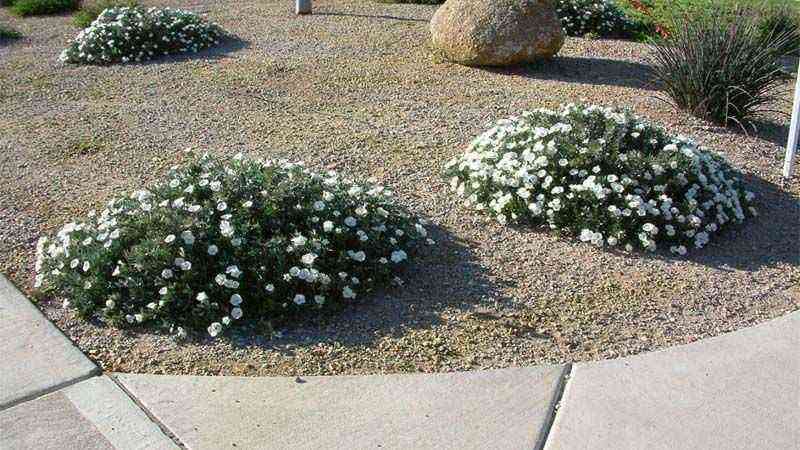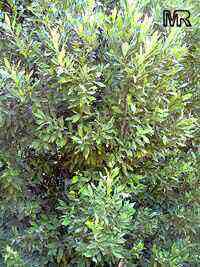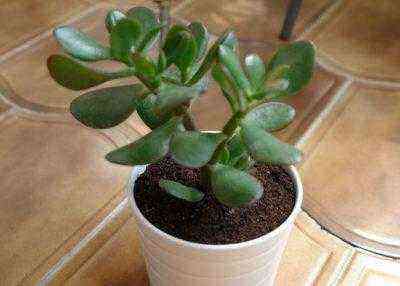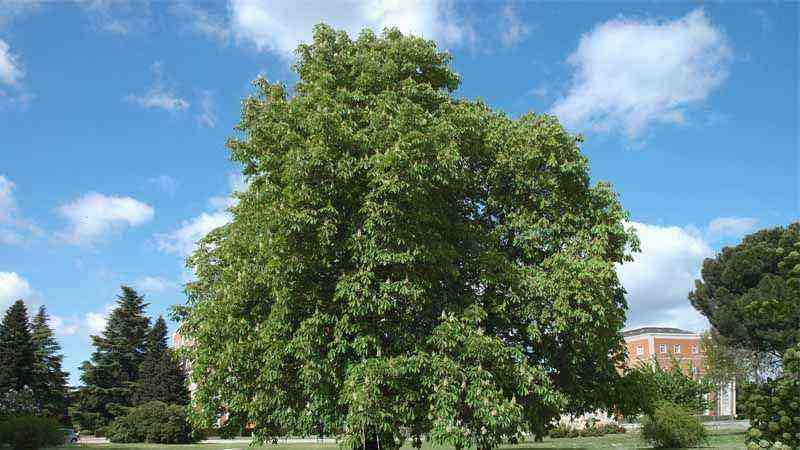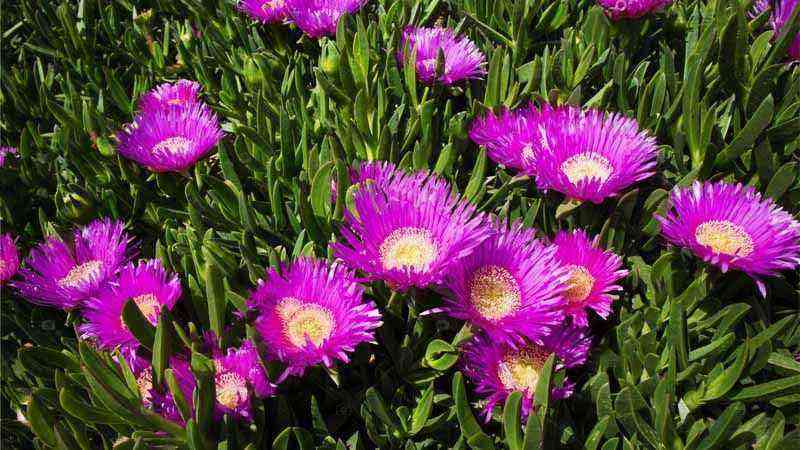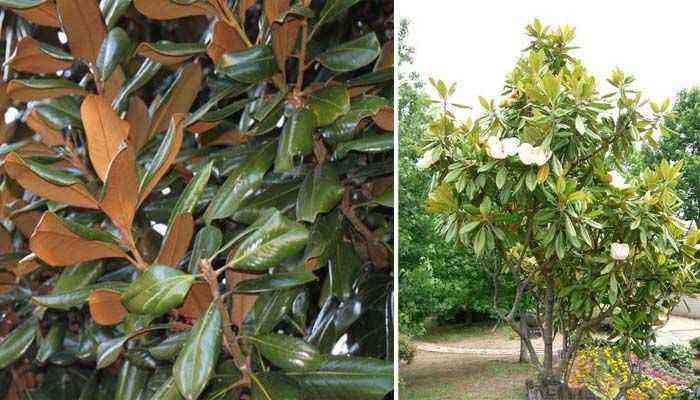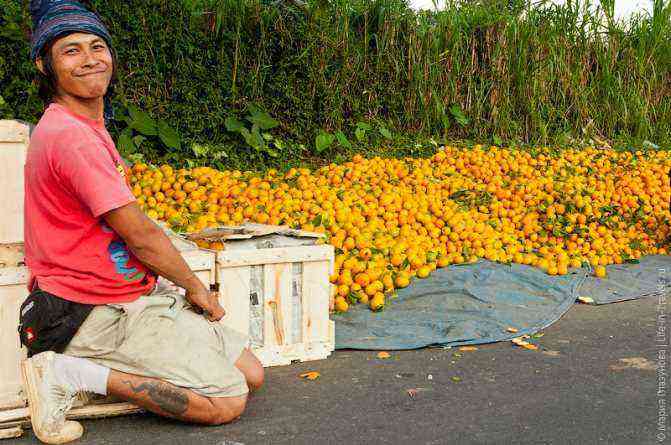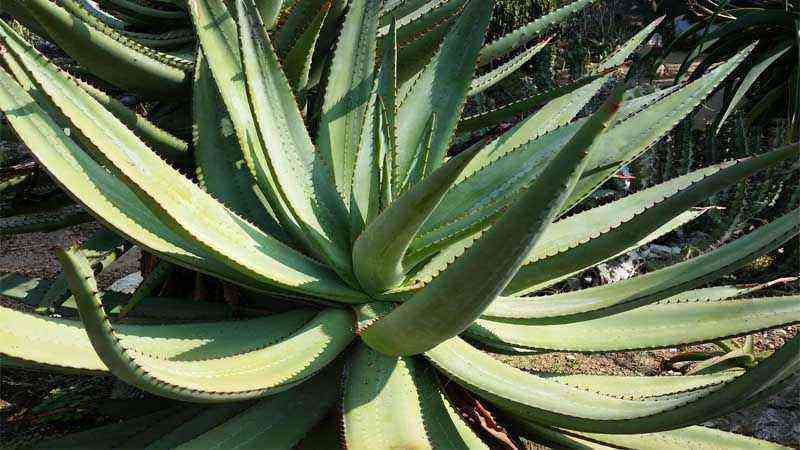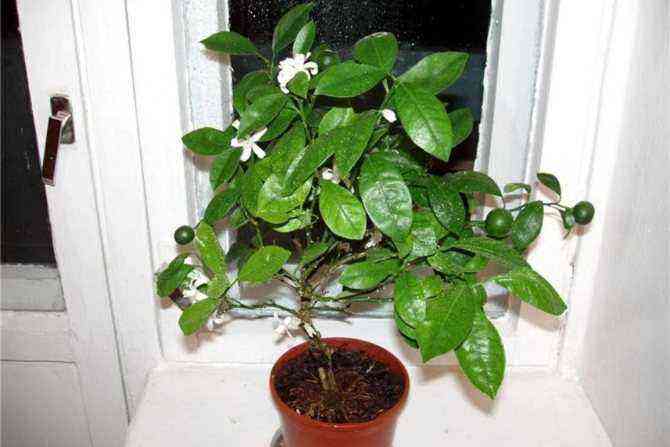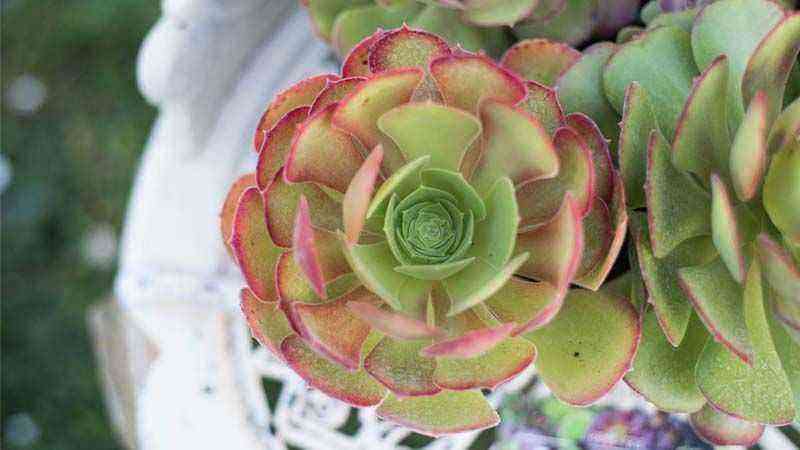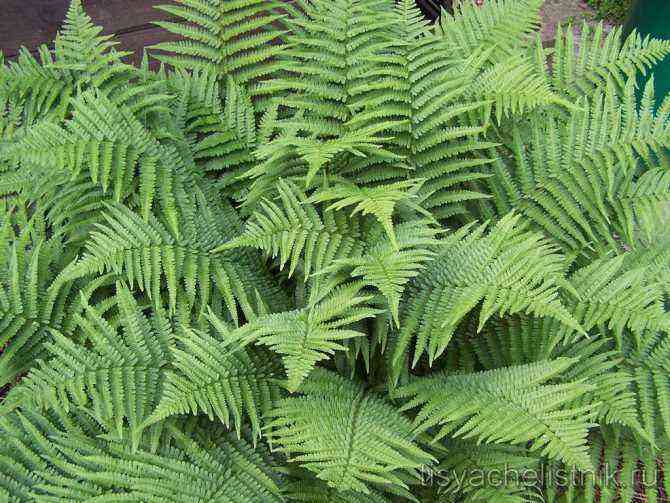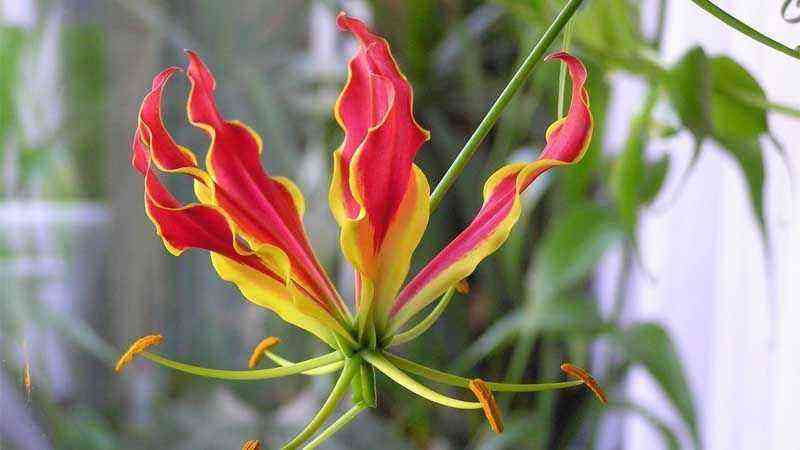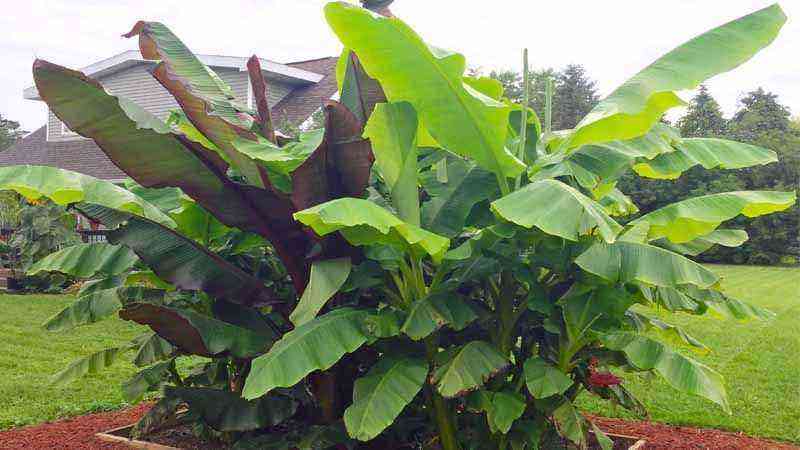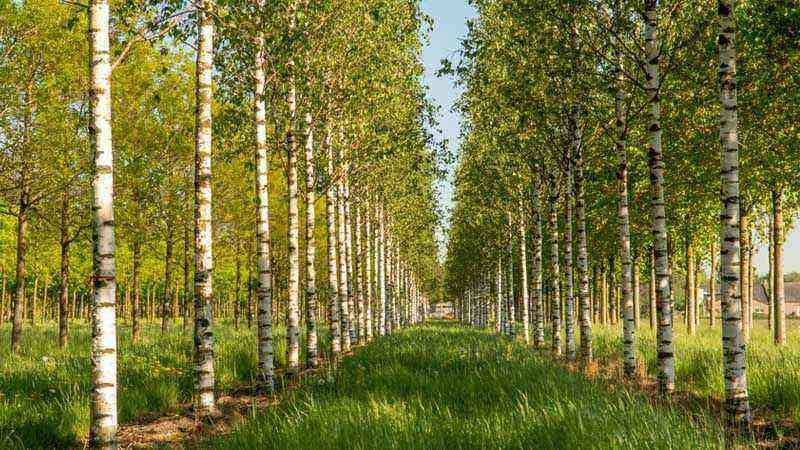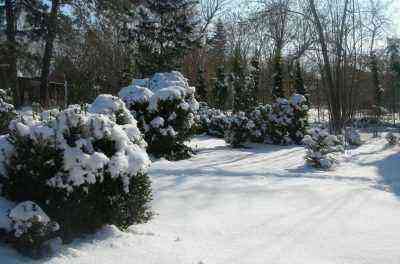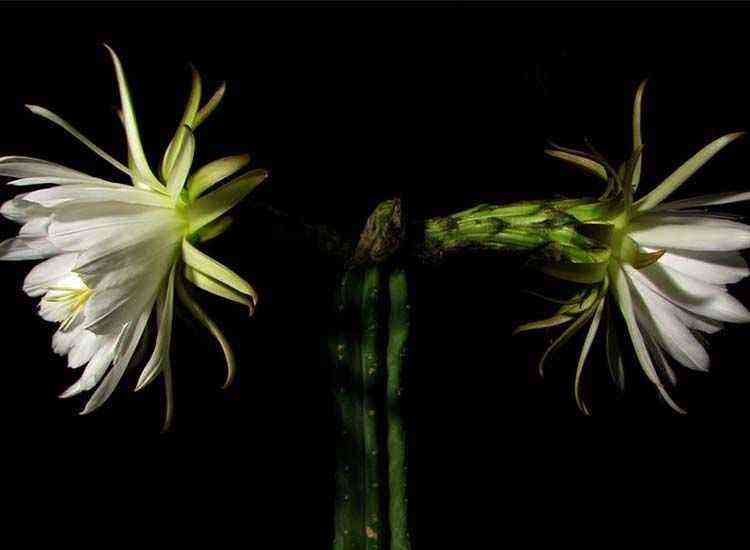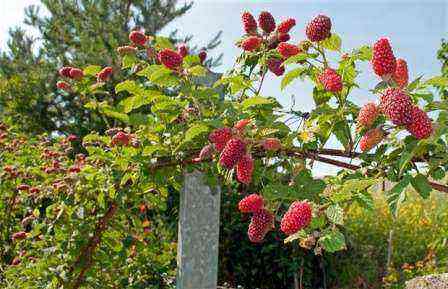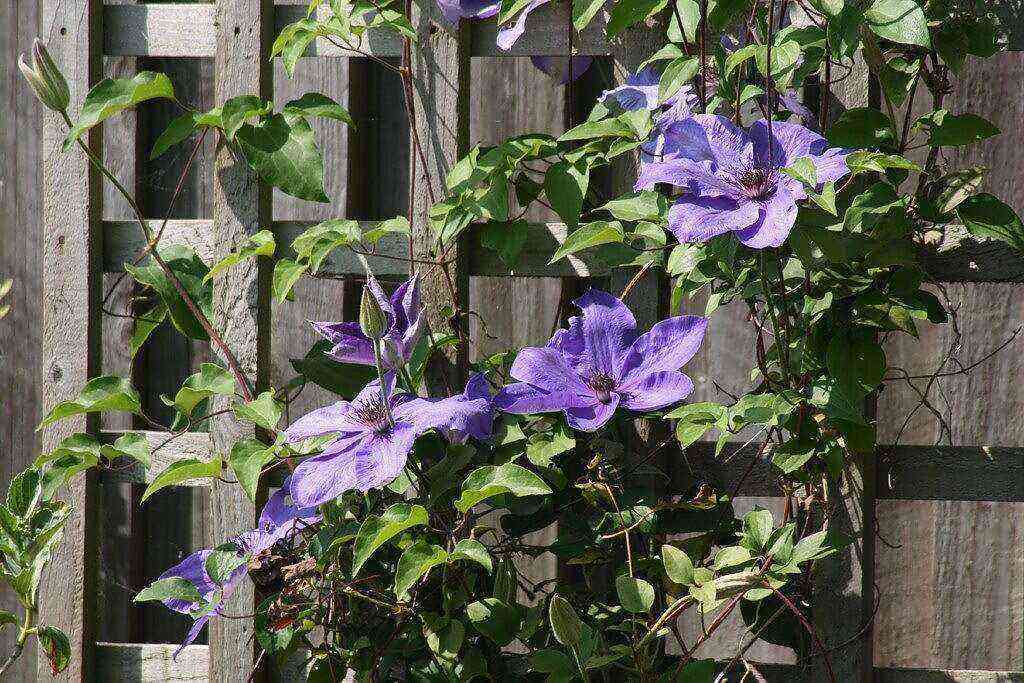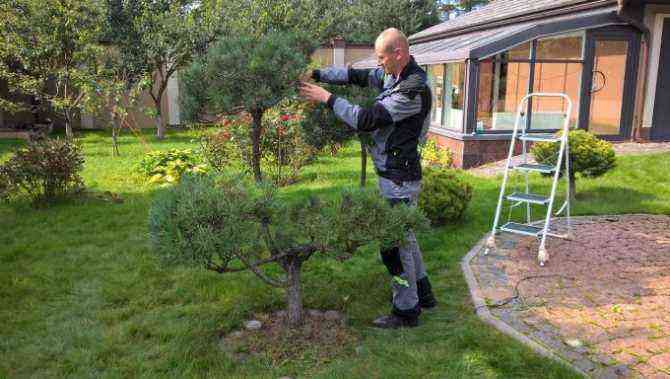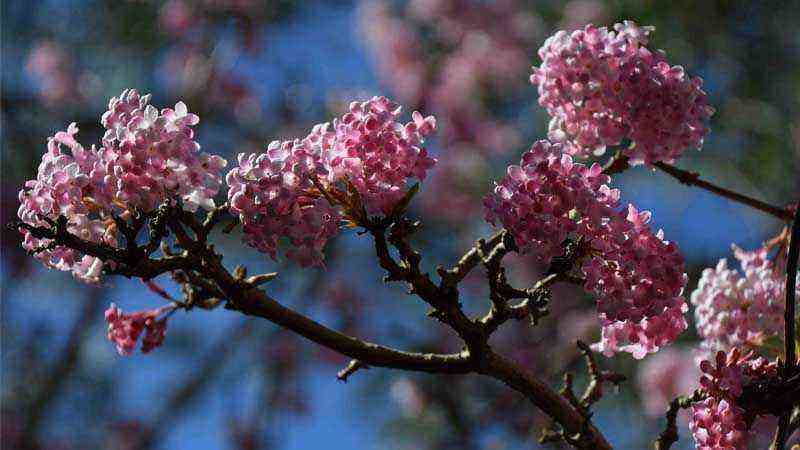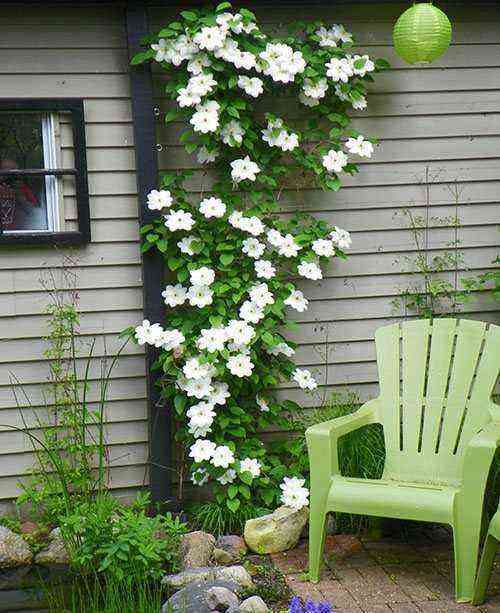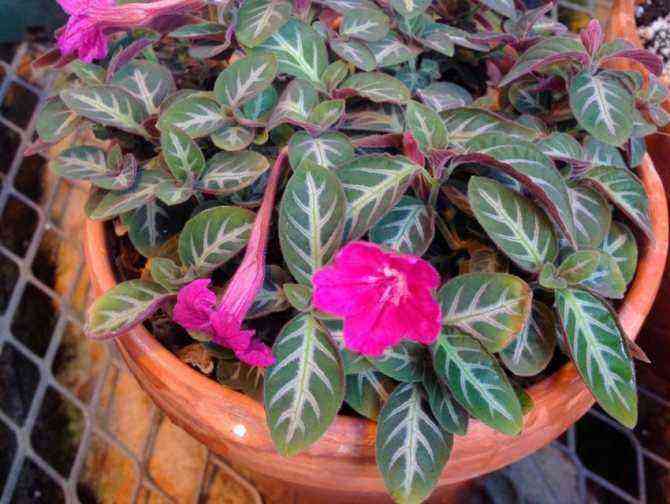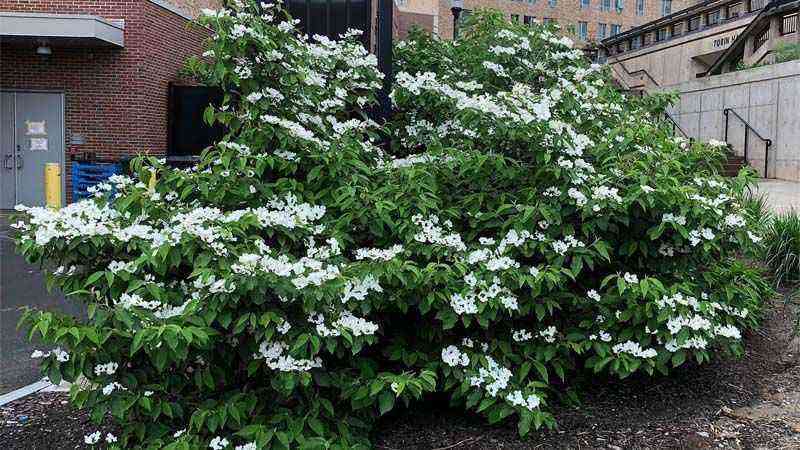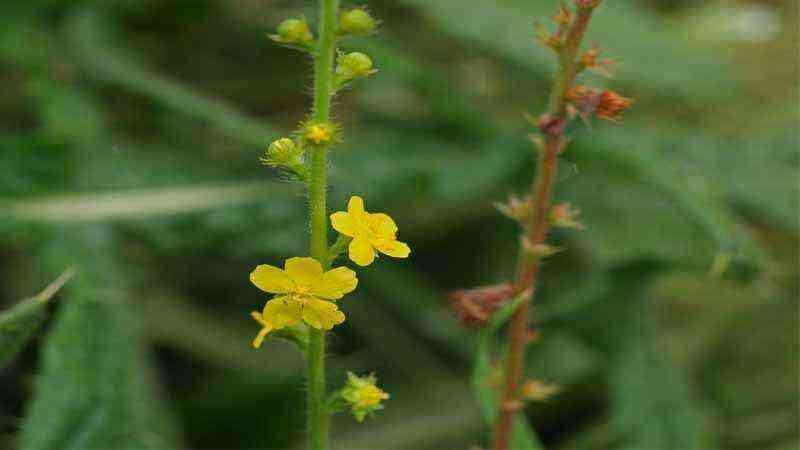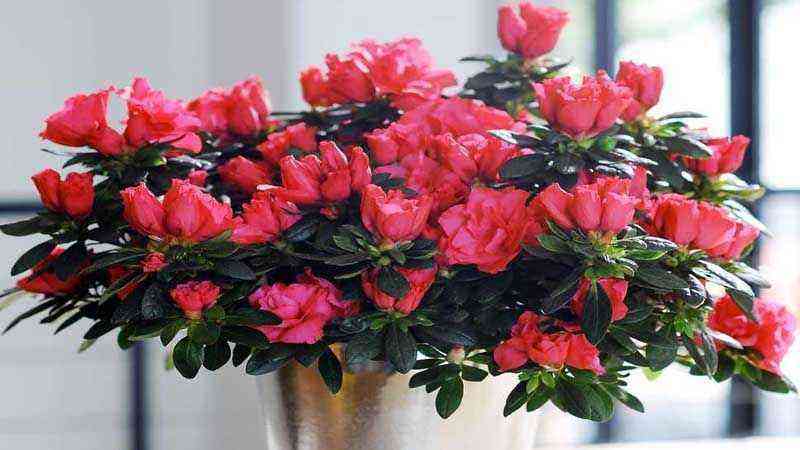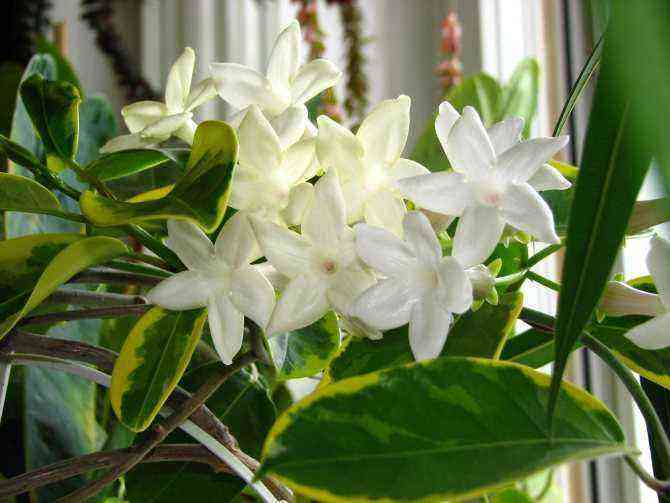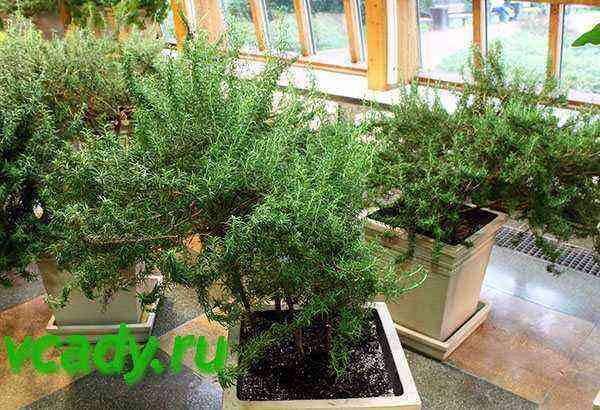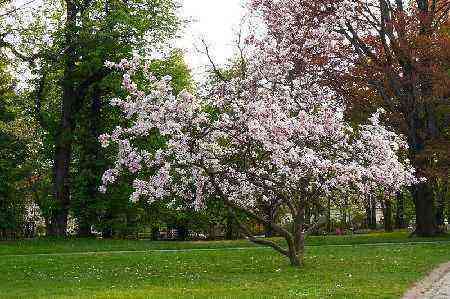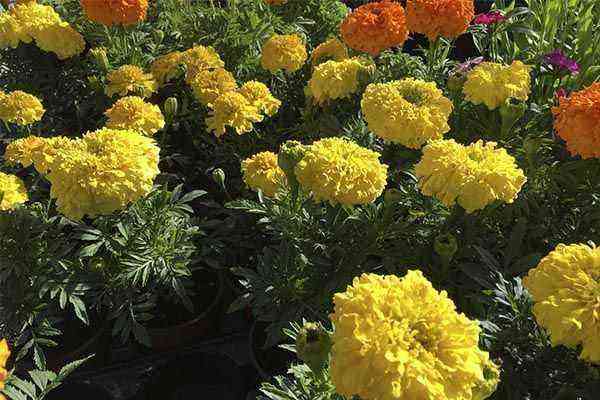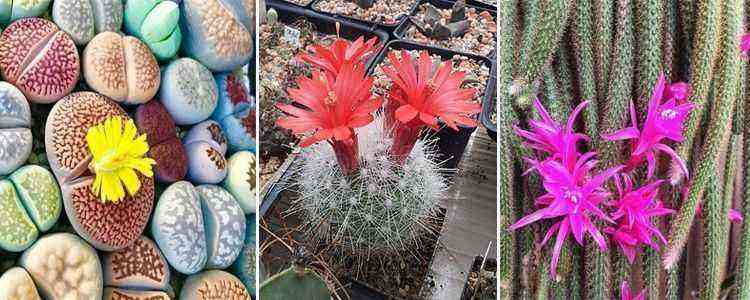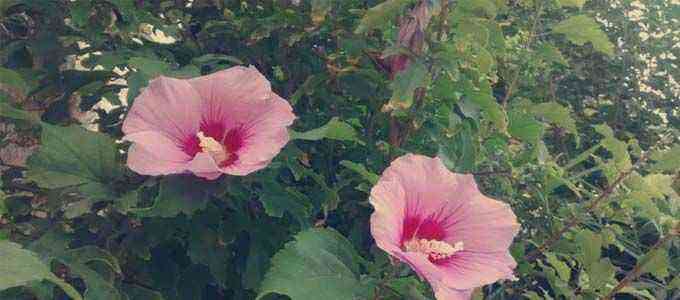Today we bring a plant not very common in terraces, gardens or even indoors that despite its little fame is still a curious plant of great beauty both in its flowers and in the leaves. Sedum sieboldii. It can be a great option in xero-landscaping due to its hanging or creeping bearing, depending on how it is placed. Let’s see what this plant needs to grow and develop in the best possible way.
Expand your xerogarden with Sedum sieboldii
As we have already commented on other occasions, succulent or crassulaceous plants are those that, thanks to their adaptation to extreme aridity and drought conditions, develop fleshy vegetative organs. These fleshy leaves contain a large amount of water in their tissues that represent a water reserve essential for survival in the extremely dry and hot conditions in which they thrive. The clearest example of extreme evolution in this aspect is found in cacti, in which the leaves have evolved into thorns, to avoid loss of water through perspiration. Obviously, the number of genera and species that we have is immense and the Sedum sieboldii is one of them.
Origins and characteristics of the Sedum sieboldii
Sedum sieboldii is one of the more than 300 species that make up the genus Sedum. This succulent plant stands out for its creeping or hanging bearing, depending on where it is placed. That is why we think that within xero-gardening it is a great option because the shape and arrangement of the leaves hugging the long and thin stems give it a special air whether it is left on the ground or if it is decided to put it as a hanging plant. Keep in mind that stems can reach almost half a meter.
It is a perennial plant so although in autumn and winter we see it lose its leaves and even its stems, in spring we will see it sprout again to be during the summer and early autumn in all its splendor. What’s more each regrowth will come out stronger, as usual. The flowering is very spectacular generating pompoms or bouquets of pink flowers. Here we leave you details of the leaves and the flower for you to delight yourself.
Conditions and cares
Weather
As you might imagine, having counted the characteristics of the succulents and why they are the way they are, the climate in which they develop are hot climates and high sun exposure. We will try to find it is a place where other plants tend to suffer in summer. In any case, it also grows well in somewhat less sunny areas.
Land
As they belong to hot and dry climates, the roots are adapted to the soil conditions resulting from these climates. Therefore, it must be a porous substrate, very well drained. You need a good part of sand in the mix to avoid puddles that will kill the plant at the minimum of change.
Irrigation
Little, the truth is that very little. In periods of greater activity such as summer, it will be necessary to help it to develop well but it is convenient to space the risks long enough to have a completely dry substrate for a few days before the next application. In winter, as the activity of the plant decreases, it will require even less frequent watering.
Final Tips
- Although it is not strictly necessary, if it is planted in a pot, a transplant every 3 years as usual in many plants.
- Reproduction by seeds is not complicated but the cutting it is the simplest option to reproduce it.
- If you decide to fertilize, use specific fertilizers for succulent or succulent plants and always do so during periods of vegetative activity (spring and summer). Never in winter.
